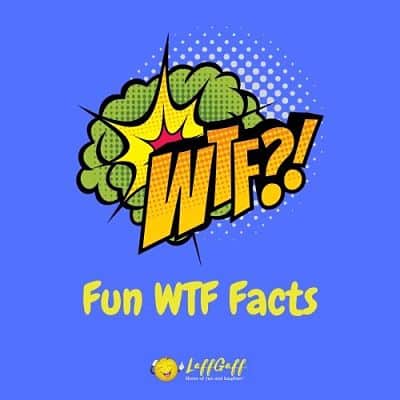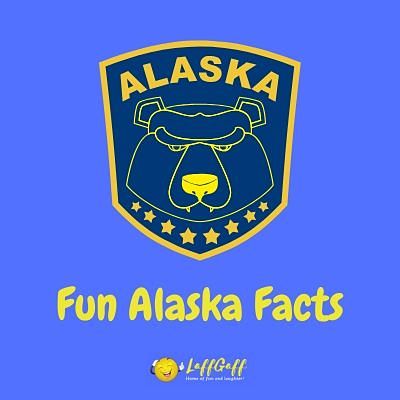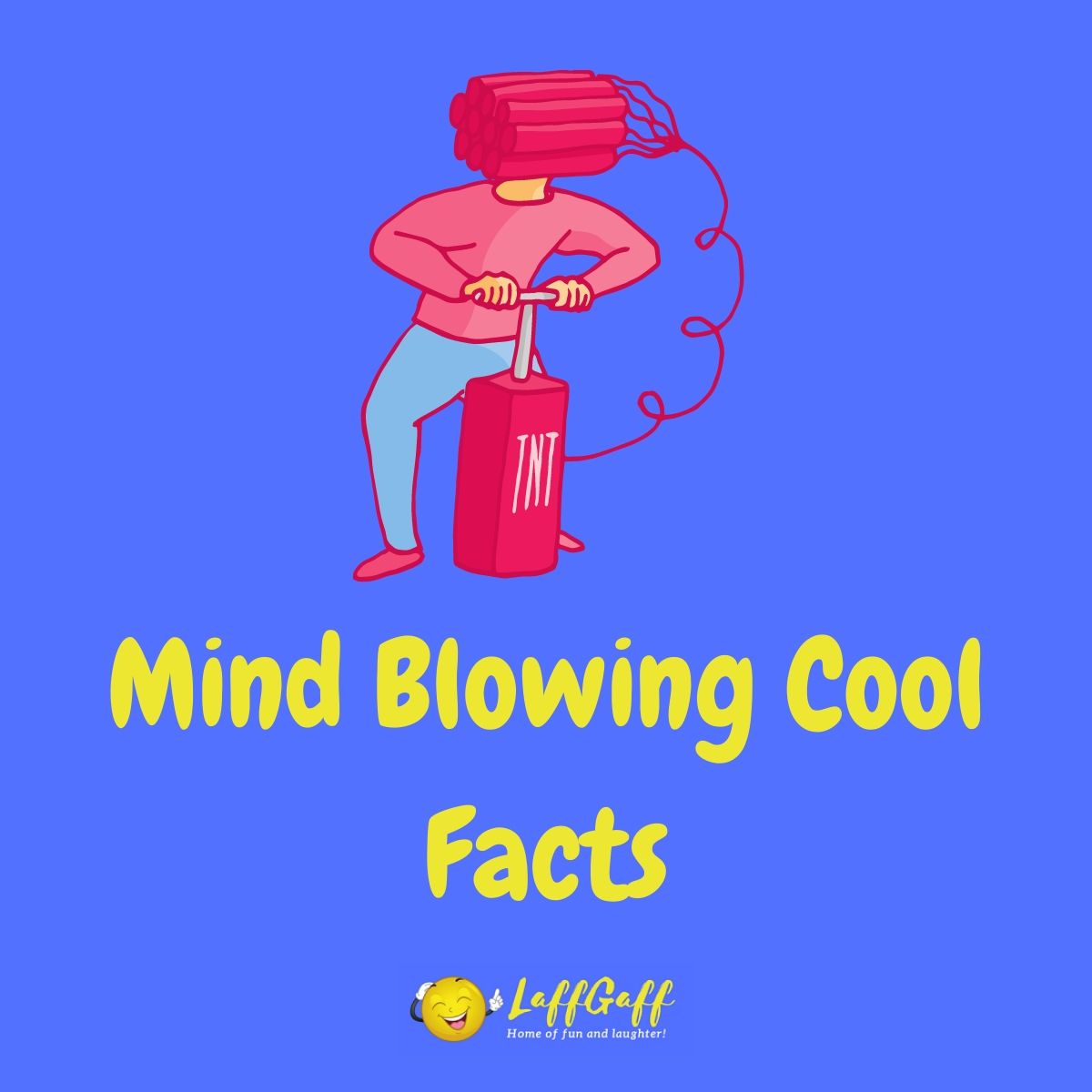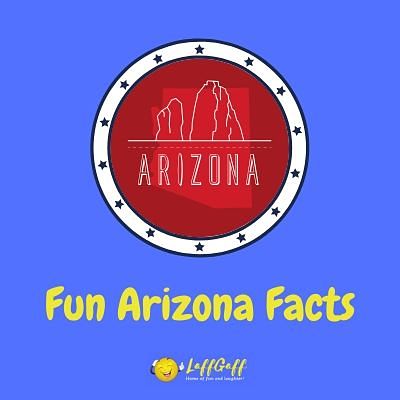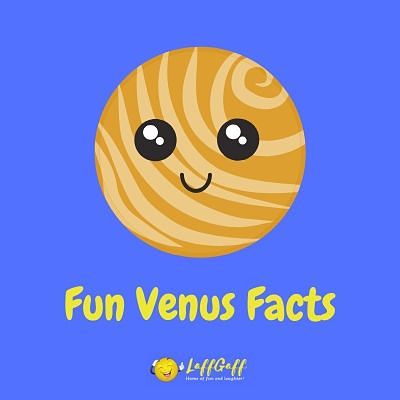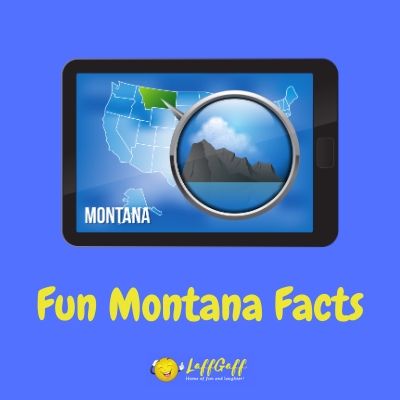Here are some fun and interesting facts about Hawaii.
Lying some 2,400 miles away southwest of San Francisco, Hawaii is the only U.S. state to lie off the North American continent. Its position in the tropics of the North Pacific makes it the most isolated major landmass in the world, and also the northern outpost of the cultural province of Polynesia.
Here are some facts about the geography, natural history, and human history of the “Aloha State.”
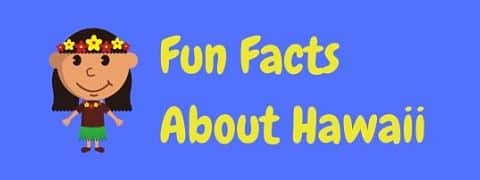
The Name
Some attribute the origin of “Hawaii” to the name of the original homeland of the Polynesian people as recorded in myth and legend: Hawaiki. Alternatively, it may derive from a legend telling of the foundational colonizer of the archipelago, Hawaii Loa.
The Hawaiian Hotspot
The Hawaiian Islands are volcanoes created by the movement of the tectonic plate on which they ride – the Pacific Plate – over a volcanic hotspot, a stationary (or mostly stationary) location where magma from the Earth’s upper mantle rises through the crust. The Pacific Plate currently moves over the hotspot at a rate of about three or four inches per year. Basaltic magma produces shield volcanoes where the plate overlies the hotspot, and the plate’s movement across time means a chain of volcanoes forms, with progressively older and more eroded-down volcanoes the farther northwest you go from the magma source.
The active shield volcano of Kilauea on the Big Island of Hawaii, which ranked among the most vigorous volcanoes in the world during its prolonged eruption between 1983 and 2018, is the current subaerial (above-water) representation of the Hawaiian Hotspot, but the youngest/newest Hawaiian volcano lies some 20 miles south of it and still under water: the Loihi Seamount.
The Hawaiian Archipelago
From the Big Island of Hawaii northwestward to Kure Atoll, the Hawaiian archipelago stretches nearly 1,600 miles in length, although the main eight, or “high,” islands, account for only about 350 of those miles. Nonetheless, they compose more than 99 percent of Hawaii’s total land area, which is about 6,400 square miles. They include, from southeast to northwest, the Big Island, Maui, Kahoolawe, Lanai, Molokai, Oahu, Kauai, and Niihau. The Northwestern Hawaiian Islands – made up of smaller isles and atolls representing older, more eroded volcanic formations – lie northwest of Kauai and Niihau.
The Hawaiian archipelago is part of an even larger and longer system of volcanic features created by the Hawaiian Hotspot: the Hawaiian-Emperor Volcanic Chain, which includes the entirely submerged Emperor Seamounts – older predecessors of the Hawaiian Islands – which stretch northwest of Kure Atoll, the most northwestern of the Northwestern Hawaiian Islands.. The Hawaiian-Emperor Volcanic Chain, comprising both the Hawaiian archipelago and the Emperor Seamounts, stretches nearly 3,600 miles long, making it one of the longest mountain ranges on Earth.
Big Mountains
The highest point in Hawaii – and the highest point in the entire Hawaiian-Emperor Volcanic Chain – is 13,803-foot Mauna Kea on the Big Island. That’s a respectable but not outstanding elevation above sea level, but if one takes into account the fact that Mauna Kea rises directly from the seafloor, the volcano is actually the tallest mountain on Earth’s surface: It rises more than 33,000 feet from base to summit, exceeding the rise of Mount Everest – the highest mountain on the planet as measured above sea level – by several thousand feet.
Mauna Kea is slightly taller but less massive than its near neighbor on Hawaii Island, 13,679-foot Mauna Loa. With a volume of roughly 18,000 cubic miles, Mauna Loa is the largest volcano in the world that rises above sea level. (There’s a submerged volcano, a Pacific seamount called the Tamu Massif, that exceeds Mauna Loa’s volume.)
A Global Rainfall Hotspot – And Hawaii’s Wet & Dry Sides
Hawaii includes one of the locations on the shortlist for the wettest place on Earth: Mount Waialeale, the highest peak on the island of Kauai. Where the trade winds batter into its 5,148-foot crest, some 450 inches of rain fall on average each year.
The high Hawaiian islands demonstrate striking differences in precipitation because of their position in the prevailing easterly trade winds. The windward sides of the islands, including Mount Wailaleale on Kauai, receive heavy precipitation because moisture-primed trade winds hit the slopes of the volcanic highlands and drop lots of rainfall. That, in turn, creates a rainshadow on the leeward side of the islands, which are much drier. Compare the 450 inches of annual rainfall on Waialeale with the driest location in Hawaii, Kawaihae on the leeward Big Island, which gets a meager 9 inches of rain per year.
Superlative Sea Cliffs
The northern shore of the Hawaiian island of Molokai takes the form of sheer sea cliffs, or pali. Rising better than 3,000 feet tall, these are considered the highest sea cliffs in the world.
Biological Hawaii
Hawaii’s great isolation from other landmasses means much of its flora and fauna – whose ancestors reached the islands via mechanisms such as ocean currents or flying – have evolved independently and now represent endemic species: species found nowhere else in the world but here. Some 90 percent of the terrestrial flora and fauna of Hawaii is endemic.
The vulnerability of Hawaii’s native plants and animals to habitat loss and the introduction of non-native species has made the archipelago what some call the “Endangered Species Capital of the World.” A third or so of all the animal species the U.S. government has classified as endangered or threatened, for example, are found in Hawaii.
Human Discovery & Settlement
The earliest human colonization of Hawaii is widely thought to have taken place in the 4th century C.E. or so, when Polynesians – likely from the Marquesas Islands – came upon the archipelago. A later wave of Polynesian settlement from the Society Islands occurred in the 9th or 10th century. The descendants of that Polynesian colonization, Native Hawaiians, remain, of course, a significant part of modern Hawaii’s demographics.
Europeans first came upon Hawaii in 1778, when the British explorer and Royal Naval officer Captain James Cook reached the archipelago. Cook was killed in Hawaii upon returning the following year.
The Sandwich Islands
On that initial 1778 visit, Captain Cook named the Hawaiian Islands the “Sandwich Islands” in honor of the 4th Earl of Sandwich, John Montague, a friend of his and also the First Lord of the Admiralty.
The Kingdom Of Hawaii
After centuries of Polynesian occupation, the independent islands of Hawaii, Oahu, Maui, Molokai, and Lanai were united in 1795 as the Kingdom of Hawaii by the ruler Kamehameha I. In 1810, Kaui and Niihau joined the Kingdom, thus bringing all of the main Hawaiian Islands under one royal banner.
In 1826, the United States signed a treaty with the Kingdom of Hawaii recognizing its sovereignty. In 1891, the last king of Hawaii, Kalakaua, died, thus transferring leadership to his sister, Queen Liliuokalani. Two years later, the queen was removed from her throne by a coalition of American and European business leaders who belonged to the so-called Committee of Safety and who requested backup from U.S. Marines.
U.S. President Grover Cleveland believed the overthrow of the Kingdom of Hawaii an illegal act of war and did not recognize the interim authority of the Committee of Safety. In 1898, however, the U.S. under President William McKinley annexed the Hawaiian Islands as a territory, thus closing the chapter of Hawaiian independence.
Hawaiian Statehood
Hawaii was the last and 50th state to be admitted to the U.S., achieving statehood on August 21, 1959. It was preceded by Alaska, which became the 49th state in January of the same year.
State Symbols
Hawaii’s state flower is the yellow hibiscus, the Hawaiian name of which is pua ma’o o hau hele; this is one of several native Hawaiian hibiscus species. The state bird is the Hawaiian goose, the nene, which biologists believe descended in isolation on the archipelago from a long-ago colonizing population of Canada goose. Hawaii’s state tree is the candlenut, the kukui, used by Native Hawaiians for everything from outrigger canoes to illumination (via the burning of its oil).
Political Geography
The State of Hawaii is divided into four counties: Hawaii County, which includes Hawaii Island (aka the Big Island); Maui County, which encompasses Maui, Molokai, Lanai, and Kahoolawe; the City and County of Honolulu, including Oahu and the Northwest Hawaiian Islands excluding Midway Atoll; and Kauai Co., made up of Kauai and Niihau.
The City and County of Honolulu is by far the most populous of these four counties – it’s home to about 70 percent of the Hawaiian population – and it includes Honolulu itself, which has technically been the capital of Hawaii since the mid-1800s, when it was selected by the Hawaiian King Kamehameha III, and which ranks as one of the most remote major cities in the world given its remove from the nearest comparably sized metro area.
Fun Facts About Hawaii
If you found our fun Hawaii facts interesting, why not check out funny Hawaii jokes as well as all our other facts and trivia too, such as these:

